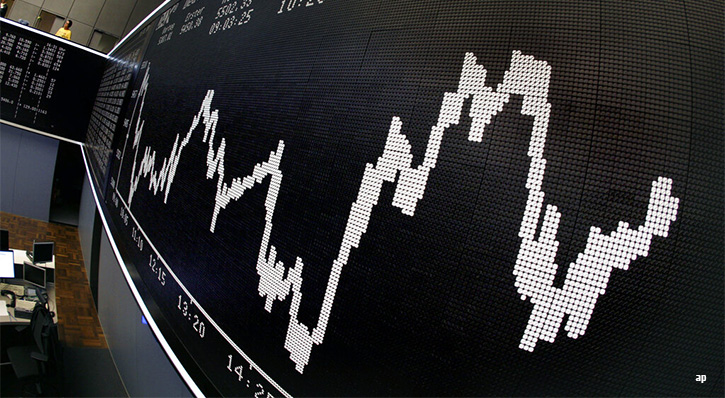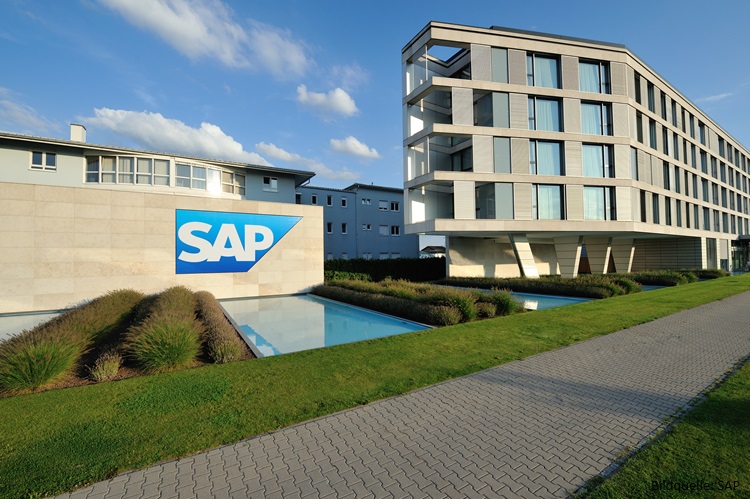Rolle im Portfolio
The Lyxor ETF IBEX 35 ETF offers investors exposure to the performance of Spanish large-cap equities as measured by the Madrid stock exchange benchmark market index. Investors seeking to build a Spanish-centric portfolio can make use of this ETF as a core building block in order to meet broad large-cap equity market exposure needs. This ETF can also act as a satellite tool to tactically overweight Spanish equities within an internationally diversified portfolio.
The geographical tactical role of this ETF goes beyond the confines of the Spanish market. The IBEX 35 is both a dual bet on Spain and the broader international economy. Within the IBEX 35 we find truly multinational companies such as Inditex, Telefonica, Banco Santander, BBVA, Iberdrola and Repsol, which derive a large share of their revenue from their non-Spanish operations.
The IBEX 35 is a top heavy index, with the six largest components accounting for around 60-70% of its market capitalisation. In terms of sector concentration, financials, telecoms and utilities represent around 70% of the index’s market capitalisation, with financials the biggest exposure at 35-40%. Investors outside of the Eurozone looking at this EUR-denominated ETF should be aware of currency risk.
Fundamentale Analyse
The Spanish stock market has experienced a turnaround in fortunes. Having lost 60% of its value from the pre-crisis highs of 2007 to the lows of mid-2012, it has rebounded strongly since, to become one of the best performing in Europe. This has come against the backdrop of an improved domestic macro outlook underpinned on the ECB’s ultra-loose monetary policy, plus easier and cheaper access to international funding by Spanish companies; particularly banks.
The Spanish economy is now experiencing signs of a sustained recovery. Since the end of a gruelling recession in 2013, the pace of growth has steadily picked up; with GDP up 1.4% y/y in 2014 and expected to grow by close to 3.0% in 2015 and beyond. Initially driven by competitiveness gains and strong export growth, lately we have also seen a positive contribution of private consumption. Importantly, the economy has also started to create new jobs at a healthy pace, although the jobless rate remains unacceptably high at over 20%. Meanwhile, very subdued consumer prices have come to offset the income squeeze resulting from the process of internal devaluation.
Despite a much more positive domestic macro backdrop, downside risks to Spanish equity valuations have increased since H2 2014. Although on the up, the Eurozone recovery remains a concern, while the slowdown in Latin America can be a revenue drag. Meanwhile, domestically, Spain is due for a general election at the end of 2015, and the risk is that anti-establishment parties may do well. Besides, the improvement financing terms for some economic agents has yet to fully feed through to SMEs, which are the backbone of the economy.
Even accounting for these risks, the Spanish stock market continues to be seen as an interesting opportunity in the mid to long-term; not least given the international dimension of most companies making up the IBEX 35, such as telecoms giant Telefonica or world’s top retailer Inditex. Besides, the health of the Spanish banking sector is no longer seen as a cause for concern.
Indexkonstruktion
The IBEX 35 is a market capitalisation weighted index which comprises the 35 most liquid Spanish stocks traded on the Madrid Stock Exchange. The index is reviewed twice a year in June and December by a technical advisory committee. In order to be considered for inclusion, the average free float market capitalisation of the stock must be at least 0.30% of the total market capitalisation of the index. Financials is the biggest sector represented in the IBEX 35, accounting for around 40% of its value, followed by telecommunications (10-15%), utilities (10-15%) and industrials (around 10%). The IBEX 35 index is extremely top heavy from the perspective of individual names. As of this writing, the six largest components (e.g. Banco Santander, Telefonica, Inditex, BBVA, Iberdrola and Repsol) account for around 60% of the index’s market capitalisation. The individual statistical weightings of the remaining stocks stand in a 0.30-3.50% range.
Fondskonstruktion
Lyxor uses physical replication to track the performance of the IBEX 35 total net return index. It is worth noting that from its inception in October 2006 until July 2014, the ETF used synthetic replication. This Lyxor ETF is fully replicated. By definition, the ETF basket will contain all of the reference index components with the same statistical weights. However, minimal differences may occur. The key objective of the ETF management process is that of minimising tracking deviations by carefully managing daily cash-flows, index-related events (e.g. rebalancing, corporate actions, dividends), and ultimately ensuring best possible execution in the trading of securities. Routine cash stock dividends are re-invested according to index rules. Portfolio managers may use futures for cash equitisation purposes. However, its use rarely exceeds 1% of the ETF’s NAV. As of this review, this ETF does not engage in securities lending.
Gebühren
The annual total expense ratio (TER) for this ETF is 0.30%. The TER range for ETFs giving plain vanilla long exposure to the Spanish large-cap equity market stands at 0.25-0.33%. Additional costs potentially borne by investors and not included in the TER include bid/offer spreads and brokerage fees when buy/sell orders are placed for ETF shares. There are also rebalancing costs whenever the index changes composition.
Alternativen
As of this writing, measured in AUM terms, the Lyxor IBEX 35 ETF is the largest ETF providing exposure to the Spanish large-cap equity market.
The db x-trackers IBEX 35 ETF, also physically replicated and also charging a TER of 0.30% stands in second place in AUM terms. Other alternatives include the BBVA Acción IBEX 35 (TER 0.33%; physically-replicated) and the Amundi ETF MSCI Spain (TER 0.25%; swap-based). The Amundi fund tracks the MSCI Spain index, which comprises fewer components than the IBEX 35.
Investors interested in Spanish mid-cap equities can consider the Lyxor IBEX MID ETF. This swap-based fund offers exposure to the performance of the largest 20 medium capitalisation companies listed in the Madrid Stock Exchange. It levies a TER of 0.50%.
Die in diesem Artikel enthaltenen Informationen dienen ausschließlich zu Bildungs- und Informationszwecken. Sie sind weder als Aufforderung noch als Anreiz zum Kauf oder Verkauf eines Wertpapiers oder Finanzinstruments zu verstehen. Die in diesem Artikel enthaltenen Informationen sollten nicht als alleinige Quelle für Anlageentscheidungen verwendet werden.
















